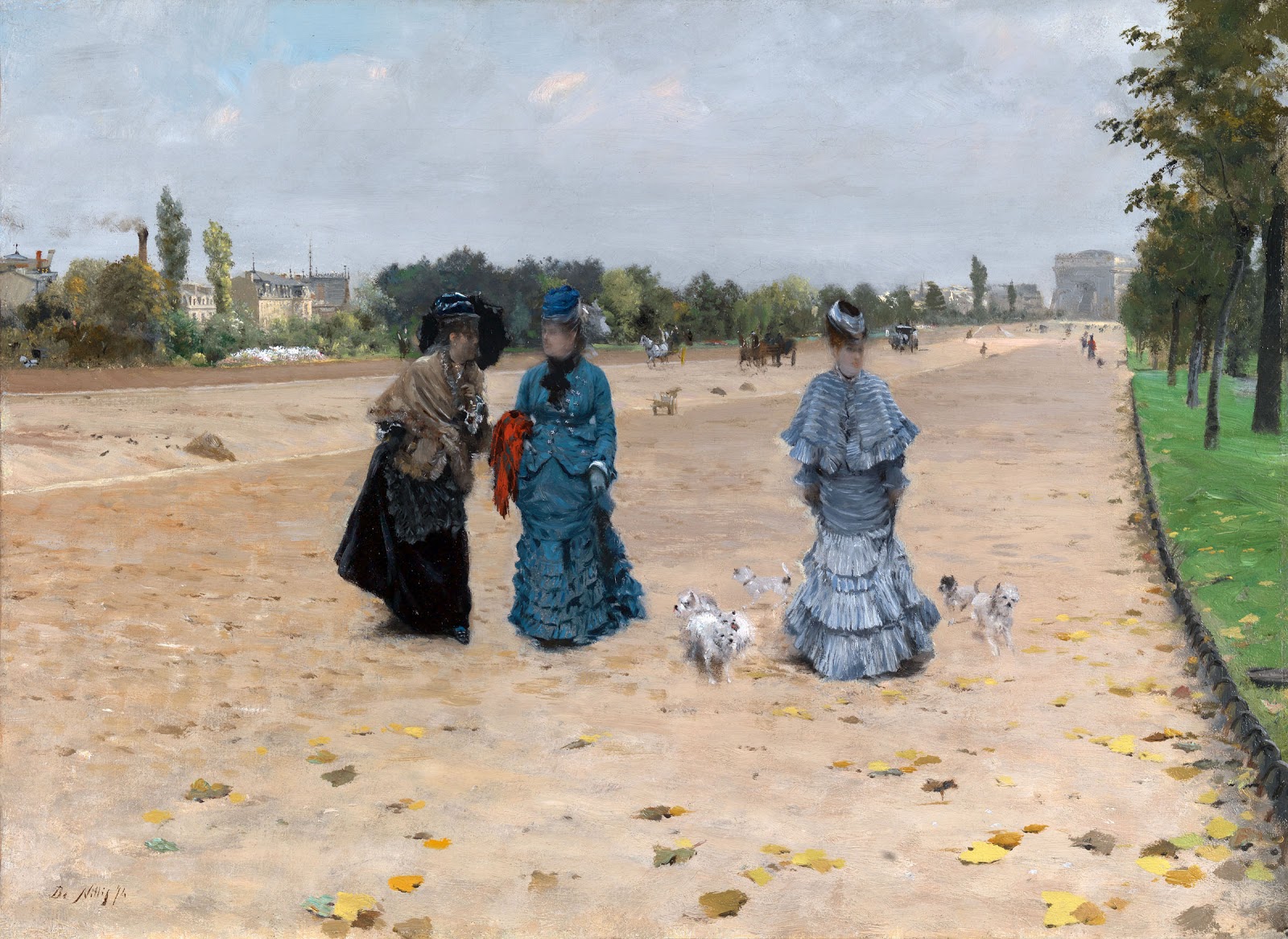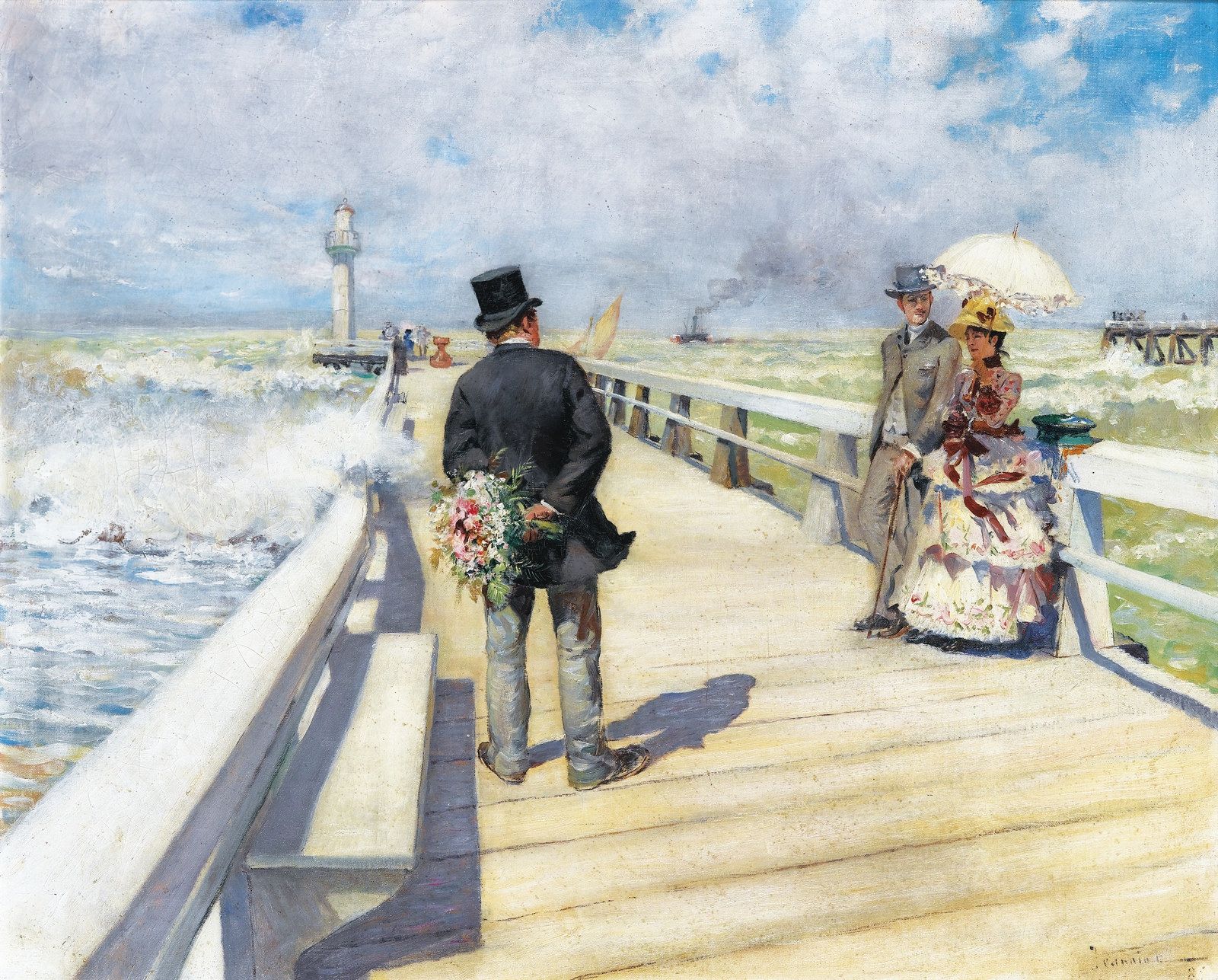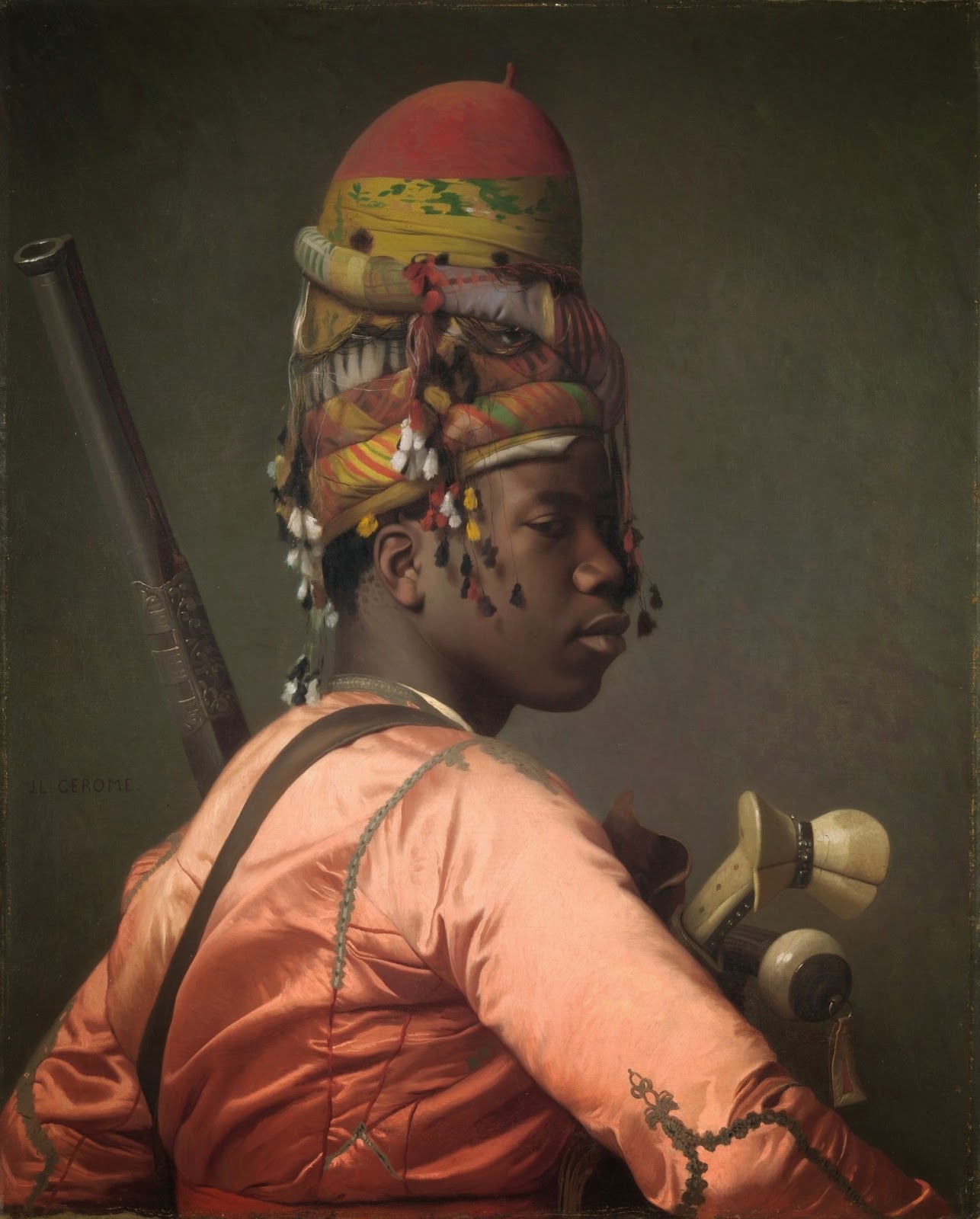The extended trips made by the artist to London (1875-1881) coincided with one of the happiest and most productive of his short life.
It was in London that De Nittis befriended artists such as Tissot, Millais, Leighton, Watts and Alma Tadema.
While in London he stayed with one of his patrons, the banker Kaye Knowles.
It was not just the physical aspects of these cityscapes that proved to be difficult to fully master, but London's distinctive light and atmosphere was a principal challenge for the artist.
Giuseppe De Nittis | Veduta di Londra (The Victoria Embankment, London), 1875 | Christie's












.jpg)




.jpg)


.jpg)